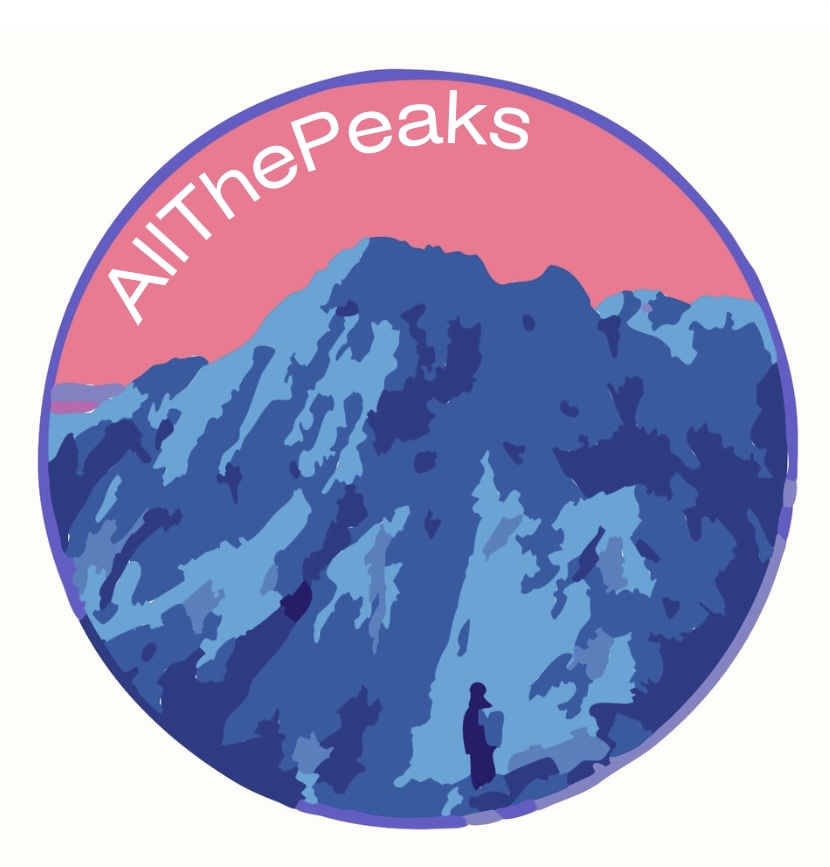Mount Fuji Yoshida Trail (Yamanashi)
- Tee

- Jun 5, 2023
- 3 min read
Updated: Apr 20

Fujisan 3776m is Japans most famous hike and relatively easy if you are resonably fit and the weather is good.
Described here is the Yoshida route (吉田ルート) as a dayhike from the Fuji Subaru Line 5th Station. If you are not as experienced, you can break up the hike into two days and stay at a hut. Additionally it’s best to avoid weekends and holidays as the Yoshida trail is infamous for "waiting in line" on the way up.
⏲︎ Time: 8-10h
✎ Kanji: 富士山
⚲ Location: Yamanashi
↔ Distance: 12.8km
✮ Difficulty: Intermediate
ᨒ Elevation Gain: 1650m
☀ Dayhike
☉ Hiking Season: July 1st
to September 10th
Attention:
Starting 2024 all Fuji trails will introduce a daily visitor cap of 4000 people and the trail will be closed from 4pm to 3am. Only with a mountain hut reservation will you be able to climb in that time window. There is also a fee of 2000Y to climb. The fee can be paid beforehand online to avoid congestion.
Access
The Yoshida trail starts at the Fuji Subaru Line 5th station. The toll road up (2100Y) is closed to private vehicles for most of the climbing season (July 15th - August 31st). If you are coming by car, park at Yamanashi Prefectural Fuji Hokuroku Parking (Cost 1000Y).
From the parking lot take a shuttle bus or taxi to the 5th station. The bus runs every 30 min and takes about 45min. Usually the first bus is at 5:30. Before that you'll need to take a taxi. Cost for the bus is 2100Y per person.
Taxi will be slightly faster and should be ~ 12.000Y during the day. At night they add a 20% nightcharge.
If coming by public transportation the first bus from Fuji Station or Kawaguchiko Station gets to the 5th at 7:25am. Keep that in mind when deciding, you have between 8-10h of waking and the last bus back is at 18:40. Also the toll road closes at night, so if you miss the last bus you're stuck on the mountain until it opens again the next day.
Trail description
The first part of the hike is relatively flat and you'll be in the forest. Once you get out into the open it gets steeper, more rocky and you'll make your way up past many of the huts. The trail is pretty straightforward, follow the signs (in English and Japanese) and after zigzagging up for a couple of hours you'll get to the crater.
The huts all sell snacks, water and have toilets. Bring coins for the toilets.
The way down from the Yoshida route is different than the way up so look for signs at the top. It's also very sandy which makes for a fast descent if you run it. You could bring gaiters to keep the sand out.
Extra info:
- Even though Mt. Fuji is a relatively easy climb it's still almost 3800m high. It's cold at the top all year (even in August). Bring enough warm layers, hat and don't forget rain layers.
- Unless you have a reservation, the huts will not let you rest inside, even if its pouring. If you decide to climb on a bad weather day, don't expect them to help you out. Don't climb Fuji if the forecast has any rain. If you have never been on a mountain that high don't underestimate it.
- Get hiking insurance. If you get injured and need to be "rescued" you have to cover the full cost. Average rescue cost in Japan is about 400.000Y (about 3000USD).
- For alpine hiking don't drink to thirst, it will not be enough to avoid dehydration. Bring 2-3l and drink even if you're not thirsty. A lot of the "altitude sickness" is actually dehydration and can be avoided.
- You don't need any special gear for Fuji, but comfortable non cotton clothes are best (polyester). Bring trail runners or hiking boots, hiking poles, hat, rain jacket/pants, insulation layer (fleece/down), food & water, coins (for toilets) and sunscreen.










































Comments